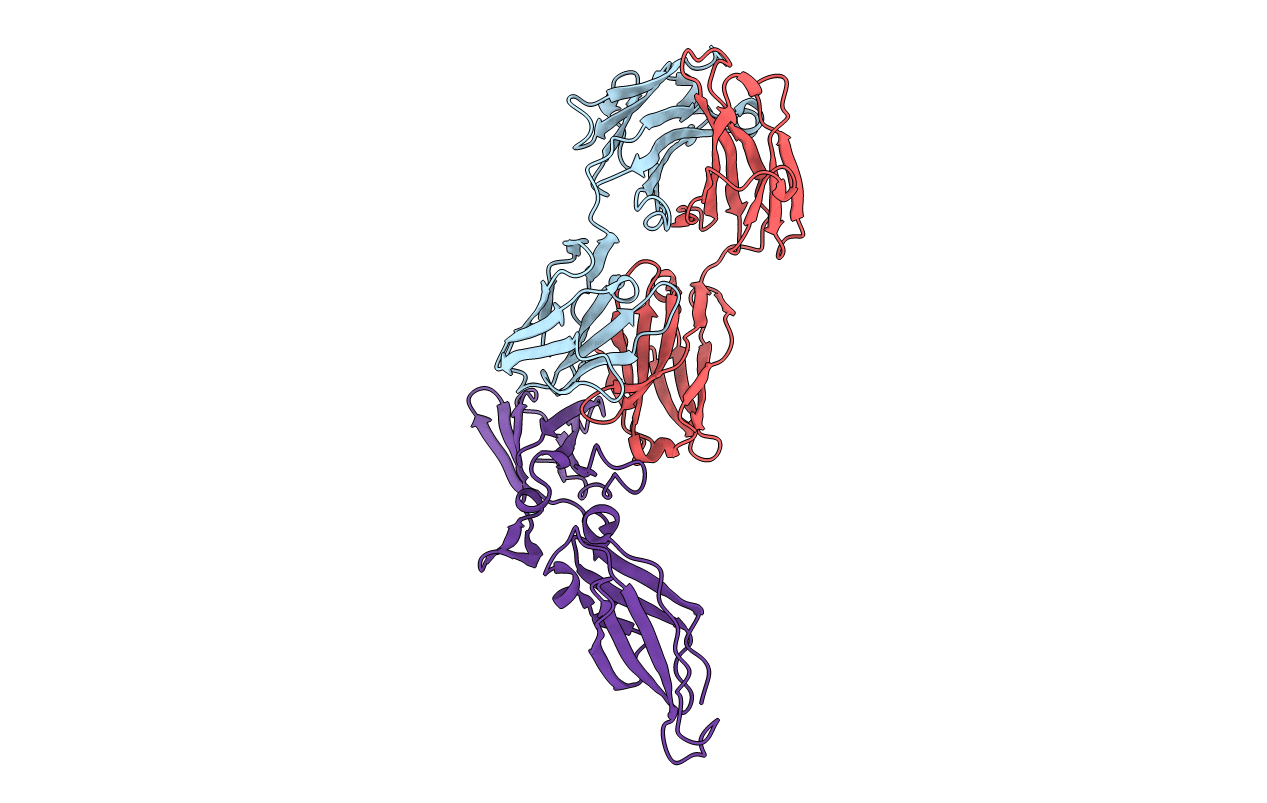
Deposition Date
2003-07-25
Release Date
2004-07-25
Last Version Date
2024-10-16
Entry Detail
PDB ID:
1UJ3
Keywords:
Title:
Crystal structure of a humanized Fab fragment of anti-tissue-factor antibody in complex with tissue factor
Biological Source:
Source Organism:
Homo sapiens (Taxon ID: 9606)
Host Organism:
Method Details:
Experimental Method:
Resolution:
2.10 Å
R-Value Free:
0.22
R-Value Work:
0.19
R-Value Observed:
0.19
Space Group:
P 21 21 2


